 Projects ↝ About me ↝ Contact 
|
|
What is Kamishibai? Kamishibai originates from Japan and means "paper theater". It became popular in the 1930s, during the depression and during the post-war period. 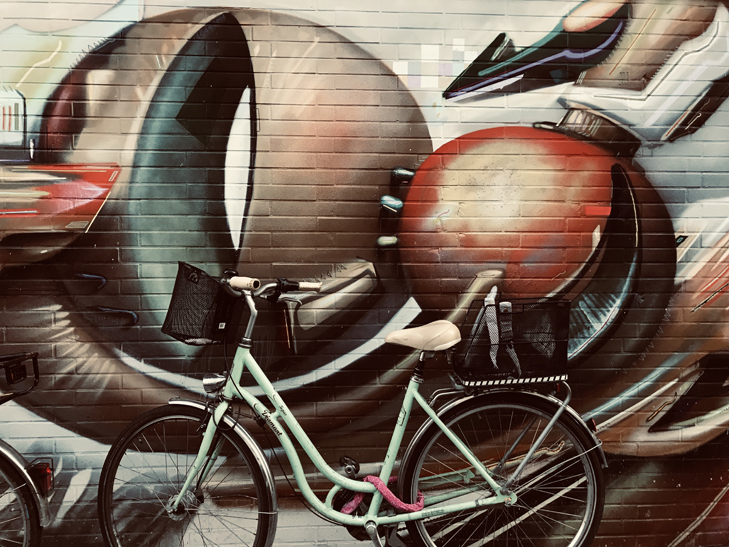 The principle is both simple and captivating: it is a story told on cardboard pictures, distinctive by their bold illustrations. These cardboards pass in the theater booth. The theater booth also called "butai" is portable. that's why, at the time, the Kamishibai artists traveled by bike to present their stories. It is a media in motion! 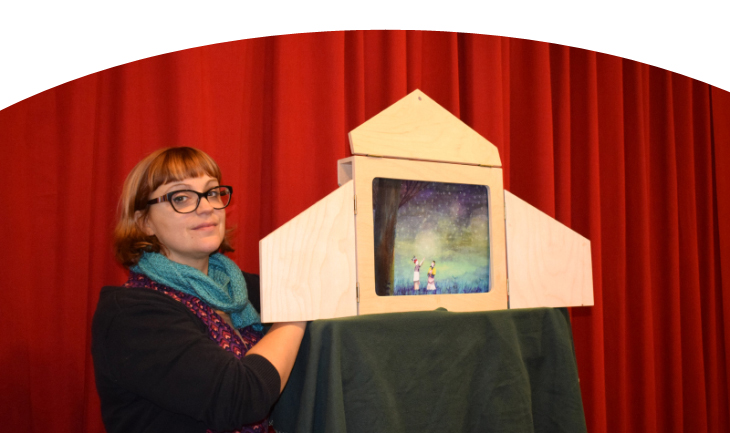 Objectives My first contact with the Kamishibai was during a seminar proposed as part of the French Program for children. Its simplicity and refinement immediately fascinated me. I understood the extent of its potential especially in terms of learning foreign languages. The Kamishibai is a tool and a valuable companion in this process. It is a companion because it brings together different language skills: - listening by the story being told; - visual by the illustrations presented; - reading by the text written on the back of each board; - by the opportunity to write a story or about a story; - speaking through the storytelling itself, but also through interactions. From the start, many Kamishibai stories are published in several languages. But we can go beyond the publication: the story can be told in all languages. There are no barriers. Furthermore, it encourages participation as well as imagination. Also one of its strength lies in the performance; the interpretation of history; in its ability to adapt to its audience; allowing improvisation. 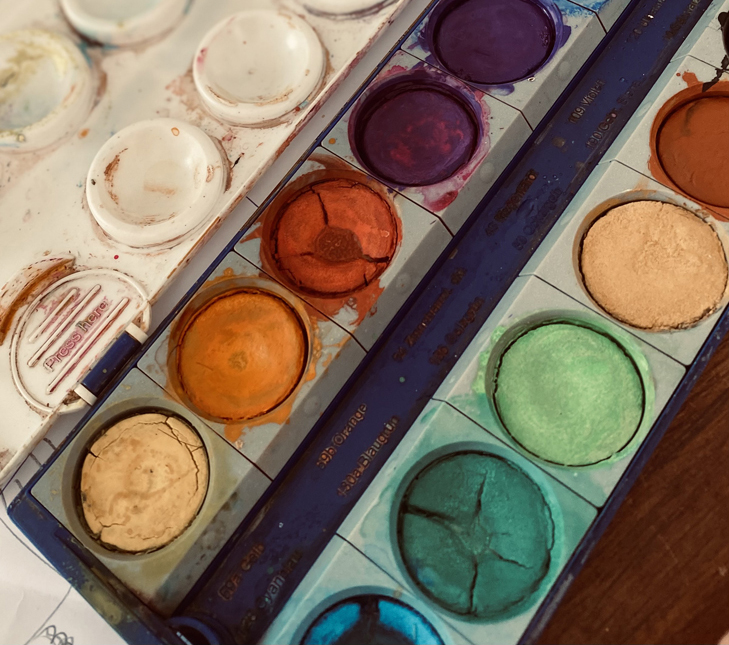 The Workshop I offer presentations and workshops around Kamishibai, mainly in the context of foreign languages. I move Kamishibai stories on my bike and take them to kindergartens and schools. 1) For the little ones: from 3 to 7 years old - Presentation of a story or two, promoting the participation of children; followed by games and drawings put together by the children (who work in groups) in order to tell a story. An educational, linguistic and creative experience for young children takes place. From 7 to 10 years old - Presentation of a story or two, encouraging interaction with children and their reflections; followed by a small workshop of creative writing and visual arts. The work can be done in a group of 2 or 3. The workshop is carried out in two or three sessions. In the context of teaching a foreign language: the goal is to use as much as possible the target language even with a limited vocabulary. The purpose is to boost skills based on those already acquired. 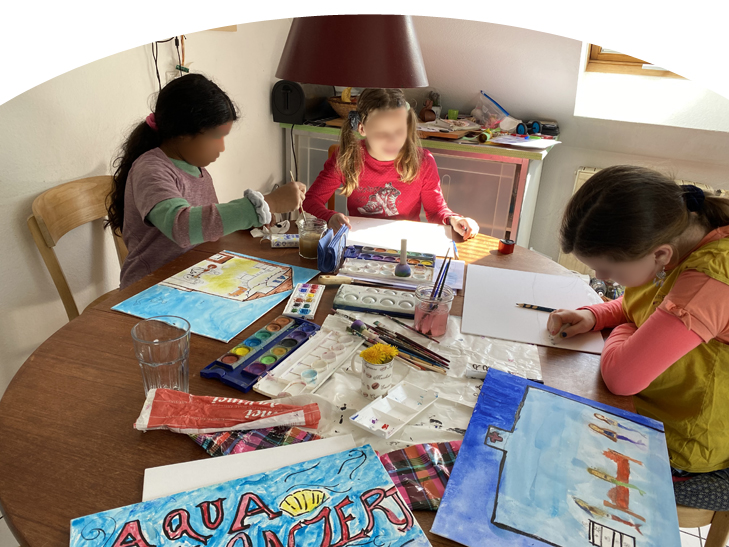 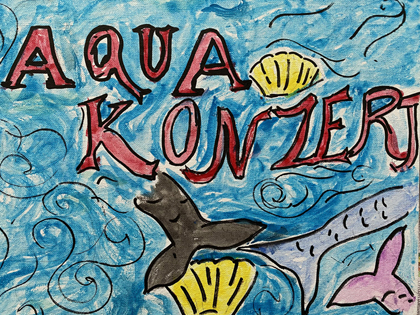 2) For the older ones from 11 to 18 years old From the presentation, the youths have the opportunity to develop their skills in visual arts; storytelling techniques (in a foreign language). Indeed, they write their own narrative project from their work of art in addition to inspire a Kamishibai performance. In the context of foreign languages, students have the chance to illustrate their language skills and creativity. The possible topics to develop, especially in this age group, for kamishibai abound. Procedure: Part I 1) Performance of Kamishibai stories 2) Discussion over the stories Part II 3) Storyboard 4) Story circle Part III 5) Creation of boards Part IV 6) Presentation in class 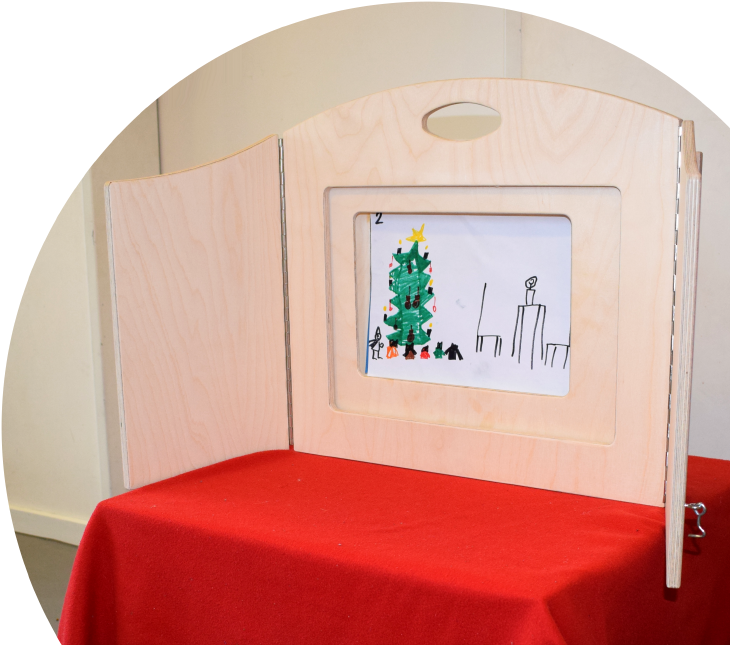
 © Isabelle Boudreau Vélo Stories 2024 |